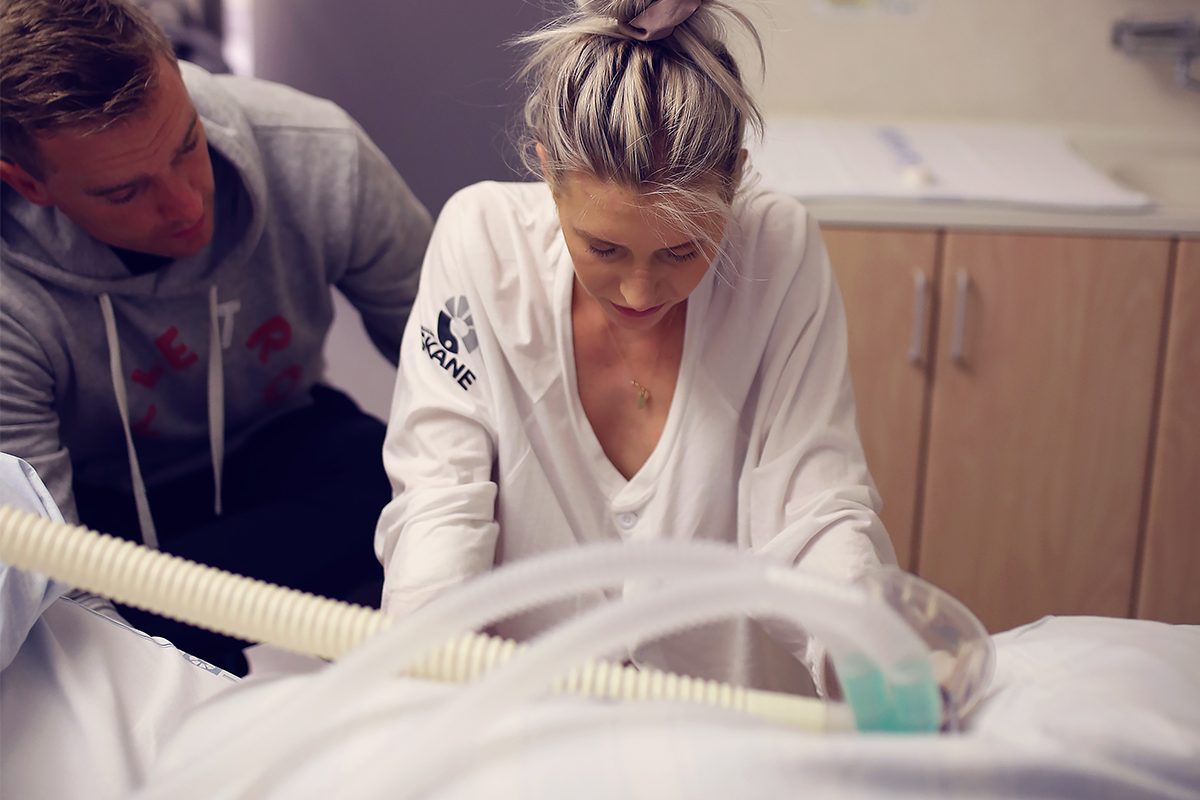Home birth

Interest in home births has increased in recent years, and it is an option in many places. But of course, if you are considering a home birth, there are some things that it is important to know.
The majority of babies are born in hospitals, but planned home births are actually becoming a bit more common. However, still only about one in every thousand pregnant people in Sweden, for example, plan to give birth at home. In Sweden, parents usually have to pay for a home birth themselves.
Who can give birth at home?
There are a variety of reasons why you might want to give birth at home and whether or not to do so is always up to the person who is going to give birth. But keep in mind that the risks are higher if something unexpected happens during labour and mother or baby need help. In some situations, a home birth is inadvisable, for example:
- If the person who will give birth has any illnesses, or if they have had complications during the pregnancy.
- If the person who will give birth is a first-time parent.
- If there were any complications with previous births.
Proximity to a hospital is essential
As a matter of course, it should always be possible to get to a hospital via ambulance if anything unexpected happens during the delivery. If you live too far from a hospital, you might be advised against giving birth at home. The delivery ward to which the mother would go should always be notified in advance of a planned home birth so that they have a space available if any problems arise. It doesn’t require a dramatic event to decide to go to the hospital during labour. One of the most common reasons for going into the hospital is uterine inertia, which means the contractions are insufficient and the delivery is taking a long time.
The cost of a home birth is not always covered
In Sweden, for example, parents can usually expect to pay for a home birth themselves. It’s also necessary to find a midwife who is willing to help with a home birth, and who can be available when the time comes. But if you’re curious, do ask for information and tips from your clinic.
Some places make it easier for midwives to participate in home births by offering a collaboration with a doctor and a delivery ward. Just like childbirth in a hospital, you can choose to have a doula take part during your home birth. A doula doesn’t replace a midwife, but offers emotional support before and during childbirth.
Pain relief during a home birth
At a home birth, you can’t choose as many kinds of pain relief as you would be able to at a hospital. Spinal anaesthesia is an example of pain relief that you can’t have at home. Of course, it may be the case that when you choose to give birth at home, you want the experience to be as natural as possible. Pain relief that a midwife can often offer includes acupuncture, TENS and massage.
Please note that all information above is based on Swedish recommendations.

